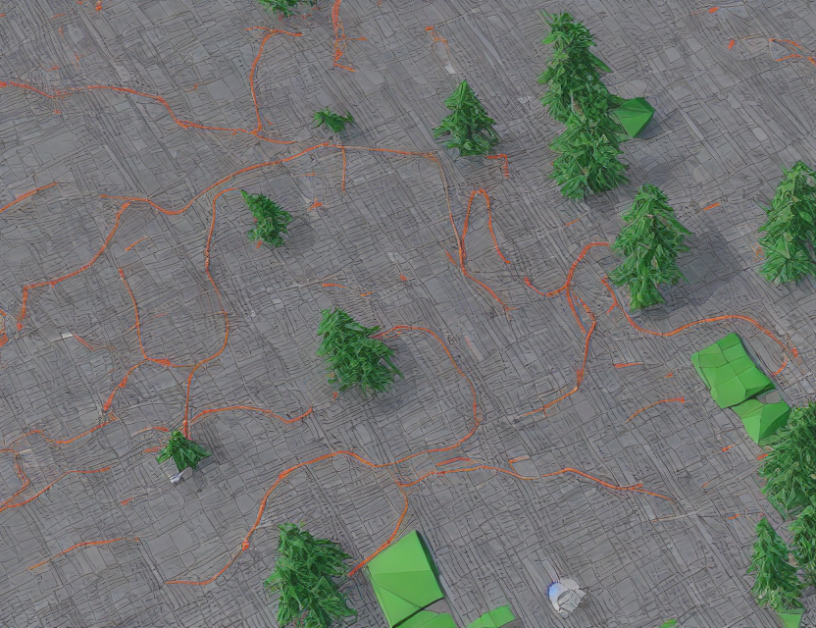Reinforcement learning (RL) is a subfield of machine learning that involves training agents to make decisions in complex environments. The field has seen significant growth in recent years, with many success stories in real-world applications. However, RL still faces challenges in terms of accessibility and understanding for the broader machine learning audience.
Our aim is to provide a concise summary of RL that can facilitate widespread adoption of these techniques. We will focus on demystifying complex concepts by using everyday language and engaging metaphors or analogies.
Theoretical Foundations
RL is built on the principles of maximum entropy and minimum cross-entropy. These principles provide a mathematical framework for understanding how agents learn and make decisions in complex environments. The most widely cited introduction to RL is Sutton & Barto (2018), which is a comprehensive textbook that covers both theoretical foundations and practical methods using tabular representations or linear function approximation.
While Sutton & Barto provides a strong focus on theoretical guarantees, it also discusses applications of RL in psychology and neuroscience. Our summary will focus more on the practical aspects of RL, without delving too deeply into theoretical foundations.
Applications of Reinforcement Learning
RL has many applications across various domains, including:
- Robotics: RL has been used to train robots to perform complex tasks such as grasping and manipulation.
- Game playing: RL has been used to train agents to play games such as Go, poker, and video games.
- Autonomous vehicles: RL has been used to train autonomous vehicles to make decisions in complex traffic scenarios.
- Recommendation systems: RL has been used to personalize recommendations for users in various domains.
- Finance: RL has been used to optimize trading strategies and portfolio management.
- Healthcare: RL has been used to optimize treatment strategies for patients with chronic diseases.
- Education: RL has been used to personalize learning experiences for students in various subjects.
Conclusion
In conclusion, reinforcement learning is a powerful tool for training agents to make decisions in complex environments. While the field has seen significant growth in recent years, it still faces challenges in terms of accessibility and understanding. Our summary aimed to demystify complex concepts by using everyday language and engaging metaphors or analogies. By providing a comprehensive overview of RL applications across various domains, we hope that this summary can facilitate widespread adoption of these techniques.



